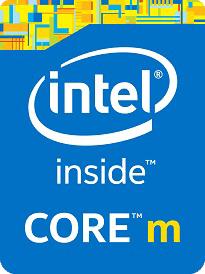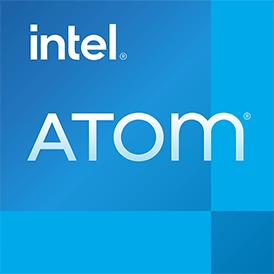 Estimated results for PassMark CPU Mark
Estimated results for PassMark CPU Mark
|
|
Intel Core m3-6Y30
2C 4T @ 0.9 GHz
|
2165
|
|
|
Intel Atom x7-Z8750
4C 4T @ 1.6 GHz
|
1335
|
 Geekbench 6 (Multi-Core)
Geekbench 6 (Multi-Core)
|
|
Intel Core m3-6Y30
2C 4T @ 0.9 GHz
|
1482
|
|
|
Intel Atom x7-Z8750
4C 4T @ 1.6 GHz
|
603
|
 Geekbench 5, 64bit (Multi-Core)
Geekbench 5, 64bit (Multi-Core)
|
|
Intel Core m3-6Y30
2C 4T @ 0.9 GHz
|
1262
|
|
|
Intel Atom x7-Z8750
4C 4T @ 1.6 GHz
|
855
|
 Geekbench 6 (Single-Core)
Geekbench 6 (Single-Core)
|
|
Intel Core m3-6Y30
2C 4T @ 0.9 GHz
|
769
|
|
|
Intel Atom x7-Z8750
4C 4T @ 1.6 GHz
|
194
|
 Geekbench 5, 64bit (Single-Core)
Geekbench 5, 64bit (Single-Core)
|
|
Intel Core m3-6Y30
2C 4T @ 0.9 GHz
|
604
|
|
|
Intel Atom x7-Z8750
4C 4T @ 1.6 GHz
|
239
|
 Cinebench R15 (Multi-Core)
Cinebench R15 (Multi-Core)
|
|
Intel Core m3-6Y30
2C 4T @ 0.9 GHz
|
185
|
|
|
Intel Atom x7-Z8750
4C 4T @ 1.6 GHz
|
155
|
 Cinebench R15 (Single-Core)
Cinebench R15 (Single-Core)
|
|
Intel Core m3-6Y30
2C 4T @ 0.9 GHz
|
92
|
|
|
Intel Atom x7-Z8750
4C 4T @ 1.6 GHz
|
43
|
 Cinebench R11.5, 64bit (iGPU, OpenGL)
Cinebench R11.5, 64bit (iGPU, OpenGL)
|
|
Intel Core m3-6Y30
2C 4T @ 0.9 GHz
|
15.8
|
|
|
Intel Atom x7-Z8750
4C 4T @ 1.6 GHz
|
12.4
|
 Cinebench R11.5, 64bit (Multi-Core)
Cinebench R11.5, 64bit (Multi-Core)
|
|
Intel Core m3-6Y30
2C 4T @ 0.9 GHz
|
2.1
|
|
|
Intel Atom x7-Z8750
4C 4T @ 1.6 GHz
|
1.9
|
 Cinebench R11.5, 64bit (Single-Core)
Cinebench R11.5, 64bit (Single-Core)
|
|
Intel Core m3-6Y30
2C 4T @ 0.9 GHz
|
1.0
|
|
|
Intel Atom x7-Z8750
4C 4T @ 1.6 GHz
|
0.5
|

